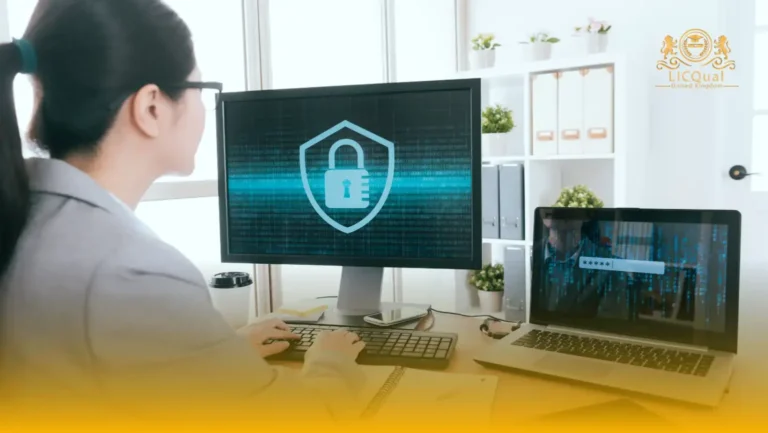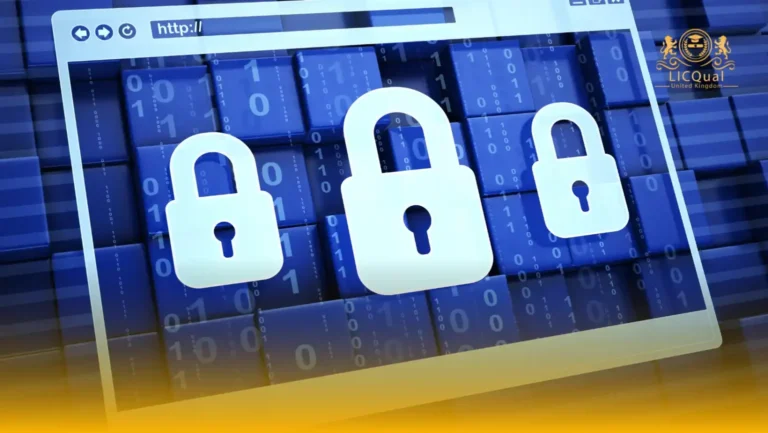Welcome to the LICQual Level 2 Award in Hole Watcher—a vital qualification for professionals working in high-risk environments, particularly those involving confined spaces and excavation sites. This internationally recognized course equips you with the essential skills and knowledge to monitor safety and protect workers from the dangers associated with working near holes, shafts, and trenches.
As a Hole Watcher, you play a crucial role in ensuring the safety of all personnel by vigilantly observing for potential hazards, reporting incidents, and managing emergency situations. Whether you’re new to the industry or looking to formalize your experience, this course provides you with the practical training required to confidently step into this key safety role, ensuring your work environment meets the highest safety standards.
The LICQual Level 2 Award in Hole Watcher course is specifically designed to provide learners with comprehensive training on how to manage safety in environments where there are significant risks related to holes, shafts, and excavation work.
Throughout this course, you will gain in-depth knowledge of the responsibilities of a Hole Watcher, including monitoring personnel and activities in high-risk areas, ensuring safe access and egress, and taking immediate action in case of emergencies. Key topics covered include risk assessment, hazard identification, emergency response, and effective communication in hazardous environments.
This course is perfect for individuals working in construction, maintenance, and industrial sectors where safety is paramount. Upon completion, you will be equipped with the skills to perform critical safety functions and enhance your employability in the growing field of industrial safety. The qualification also ensures that you meet industry standards, making you a valuable asset in any workplace where confined space work is performed.
Course Overview
Qualification Title
LICQual Level 2 Award in Hole Watcher
Total Units
6
Total Credits
6
GLH
12
Qualification #
LICQ2200410
Qualification Specification
To enroll in the LICQual Level 2 Award in Hole Watcher must meet the following criteria:
|
Qualification# |
Unit Title |
Credits |
GLH |
|---|---|---|---|
|
LICQ2200410-1 |
Introduction to Confined Space Hazards and Risk Management |
1 |
2 |
|
LICQ2200410-2 |
Roles and Responsibilities of a Hole Watcher |
1 |
2 |
|
LICQ2200410-3 |
Health and Safety Legislation and Compliance |
1 |
2 |
|
LICQ2200410-4 |
Emergency Procedures and Rescue Protocols |
1 |
2 |
|
LICQ2200410-5 |
Communication and Reporting in Hazardous Environments |
1 |
2 |
|
LICQ2200410-6 |
Practical Monitoring and Observation Skills |
1 |
2 |
By the end of this course, learners will be able to:
- Understanding Confined Space Hazards and Risk Management
Upon completion of this unit, learners will be able to identify and assess the various hazards associated with confined spaces, including physical, chemical, and environmental risks. They will also demonstrate an understanding of risk management processes and be able to apply effective risk mitigation strategies in line with industry best practices. - Demonstrating Knowledge of the Role and Responsibilities of a Hole Watcher
Learners will be able to articulate the key responsibilities and duties of a Hole Watcher. They will demonstrate an understanding of the importance of monitoring personnel and activities in confined spaces, ensuring safe access and egress, and acting as a key safety resource on site. - Applying Health and Safety Legislation and Compliance
Learners will be able to explain the relevant health and safety legislation and standards governing confined space work. They will show the ability to interpret and apply legal requirements, such as OSHA regulations and local safety protocols, ensuring full compliance in their duties as a Hole Watcher. - Implementing Emergency Procedures and Rescue Protocols
Upon completion, learners will be able to demonstrate competence in executing emergency procedures in the event of an incident. This includes following rescue protocols, coordinating evacuation plans, administering basic first aid, and using emergency equipment effectively to ensure the safety of all personnel in confined spaces. - Effective Communication and Reporting in Hazardous Environments
Learners will be able to communicate clearly and effectively with team members, supervisors, and emergency responders. They will demonstrate proficiency in using communication tools such as radios and hand signals, as well as compiling and submitting accurate reports regarding safety conditions and any observed hazards. - Developing Practical Monitoring and Observation Skills
Learners will demonstrate the ability to effectively observe and monitor confined space work activities, identifying any potential risks or unsafe behaviors. They will develop a heightened sense of vigilance and be able to take immediate action to prevent incidents or alert the necessary parties when required.
This diploma is ideal for:
- Individuals working in or around confined spaces who want to enhance their safety knowledge and skills.
- Safety professionals looking to expand their qualifications and expertise in confined space operations.
- Construction workers, maintenance personnel, and engineers who are responsible for monitoring high-risk environments.
- Entry-level workers who are interested in gaining a certification to work safely in hazardous areas.
- Employers seeking to ensure their team is trained in safety best practices for working near holes, shafts, or excavation sites.
- Anyone interested in pursuing a career in industrial safety or confined space monitoring.
- Workers who wish to formalize their hands-on experience and increase their employability with an accredited qualification.
- Supervisors or managers in the construction or industrial sectors who need to ensure safety compliance and effective risk management.
Assessment and Verification
All units within this qualification are subject to internal assessment by the approved centre and external verification by LICQual. The qualification follows a criterion-referenced assessment approach, ensuring that learners meet all specified learning outcomes.
To achieve a ‘Pass’ in any unit, learners must provide valid, sufficient, and authentic evidence demonstrating their attainment of all learning outcomes and compliance with the prescribed assessment criteria. The Assessor is responsible for evaluating the evidence and determining whether the learner has successfully met the required standards.
Assessors must maintain a clear and comprehensive audit trail, documenting the basis for their assessment decisions to ensure transparency, consistency, and compliance with quality assurance requirements.







